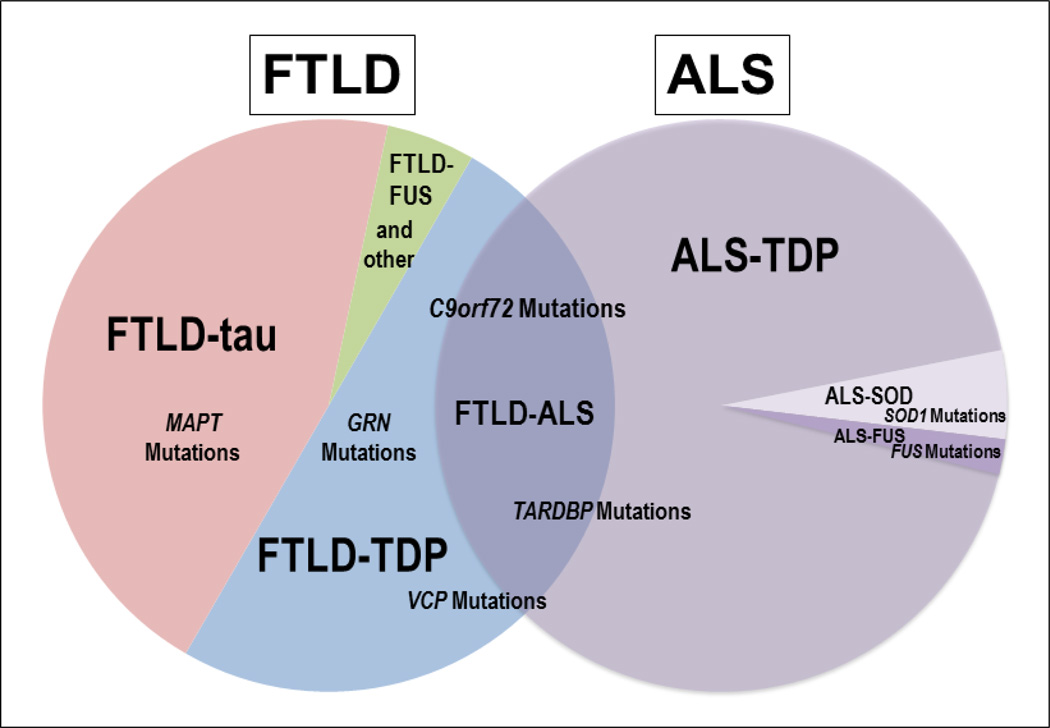Figure 3. Genetic Associations in FTLD/ALS.
Relative frequencies of neuropathological subtypes and associated molecular etiologies of FTLD and ALS are depicted. FTLD-Tau represents roughly 45% of all FTLD and mutations in MAPT are the sole known cause of hereditary forms of this disorder. FTLD-TDP accounts for roughly 50% of all FTLD and hereditary forms are associated with pathogenic mutations in GRN, C9orf72, TARDBP and VCP and rare other genes. ALS is associated with TDP-43 neuropathology in >95% of cases and there is considerable clinicopathological and genetic overlap of FTLD-TDP and ALS as demonstrated by the overlapping Venn diagrams. Placement of gene names reflect these associations, with FTLD-ALS/ALS cases more associated with C9orf72 and TARDBP while less commonly linked to VCP and rarely GRN. TARDBP is rarely associated with FTLD without co-morbid ALS. A minority of ALS is associated with pathogenic mutations in SOD1 and FUS, while FTLD-FUS also may occur a sporadic condition. Extremely rare cases of FTLD (other) are associated with pathogenic mutations in CHMP2B and FTLD-U neuropathology.

